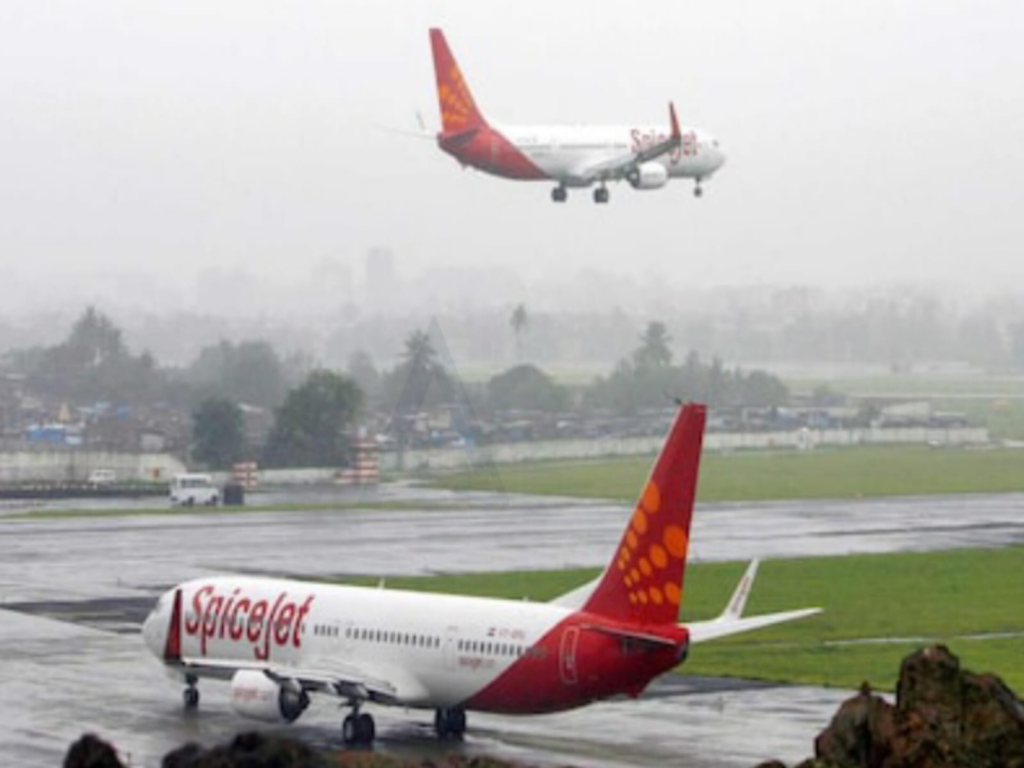SpiceJet, one of India’s major low-cost airlines, has recently informed the court that its operational fleet has dwindled to just 21 aircraft. This significant reduction in the number of planes has led to a substantial decrease in the airline’s flight operations, halving its capacity and impacting its service network across the country.
The airline’s fleet shrinkage is primarily attributed to ongoing financial difficulties, maintenance issues, and regulatory challenges. SpiceJet’s troubles began to surface in recent years, with reports of delayed payments, lease disputes, and a strained financial position. These issues have culminated in the grounding of numerous aircraft, limiting the airline’s ability to operate its full schedule.
The impact of the reduced fleet is evident in the drastic cutback in SpiceJet’s flight operations. The airline, which once boasted an extensive network of domestic and international routes, now struggles to maintain a fraction of its previous capacity. This reduction has led to fewer flights, longer delays, and limited connectivity for passengers, affecting both business and leisure travelers.
The fleet downsizing has also had broader repercussions for the aviation industry and regional connectivity. Cities and towns that were once well-served by SpiceJet are now experiencing reduced air service, impacting local economies and traveler convenience. The cutbacks have led to increased competition among remaining airlines, with other carriers attempting to fill the void left by SpiceJet’s reduced operations.
SpiceJet’s management has attributed the fleet reduction to a combination of factors, including the need for extensive aircraft maintenance and the challenges of securing new leases or purchases amid financial constraints. The airline is reportedly working on plans to stabilize its operations, which include negotiating with lessors, addressing financial issues, and seeking regulatory relief.
The situation highlights broader challenges faced by many airlines in the post-pandemic era, where economic pressures, fluctuating travel demand, and operational constraints have strained the industry. SpiceJet’s current predicament serves as a case study in the complex interplay between financial stability and operational capability within the aviation sector.
As SpiceJet navigates these turbulent times, its ability to restore and expand its fleet will be crucial in determining its future. The airline’s efforts to recover from its current situation will likely involve strategic restructuring, cost management, and efforts to rebuild passenger confidence.
For now, travelers and industry observers will be closely watching how SpiceJet manages its reduced fleet and seeks to regain its footing in the competitive aviation market. The outcome will not only affect the airline’s trajectory but also have implications for the broader landscape of air travel in India.



